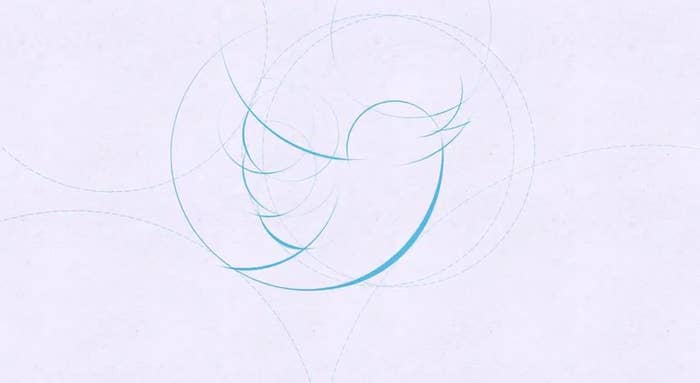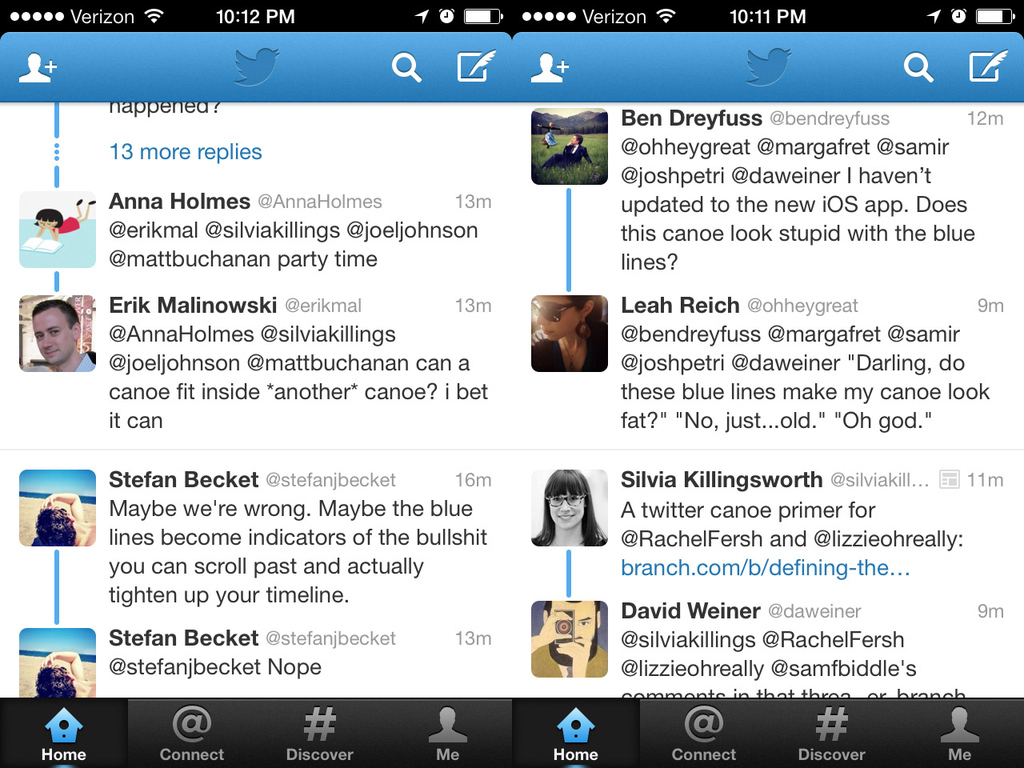
If you ask the power users, they'll tell you that we started losing Real Twitter in 2010. This was a sort of golden age, not for the company, which was still taking off but not yet huge, but for its most avid fans. There was a rich and growing ecosystem of apps designed by and for the people who keep Twitter open all day. There were a variety of outside services, including URL shorteners, image hosts, and web layers that added new functionality. Twitter itself was very purely a service — all it really did was provide a raw feed of posts that were strictly 140 characters long and served in reverse-chronological order.
Since then, a lot has changed. Actually, almost everything: Twitter has systematically replaced each feature of its service with something else, sometimes very different, sometimes similar, but uncanny. Third-party apps are all but gone, and users have been ushered to simpler, more consistent official apps. Twitter hosts its own images and shortens its own URLs. Retweets are official and supported, not manual. The site design was replaced a few times over, and the original mobile app, based on Tweetie, was replaced by something webbier. Real names are gradually supplanting aliases, especially among the ballooning verified class. Even the 140-character limit has been effectively broken. Many, if not most, links posted on Twitter are partially embedded in the tweets, which are increasingly festooned with metadata, images, videos, and products.
This week, the last untouched feature of Real Twitter — the Twitter of the hardcore user's memory and imagination — has been fundamentally altered. Conversations are now lumped together and posted in your timeline regardless of when they started, leading to Facebook-like, non-chronological sequences like this:

With visibly threaded inline conversations, designated by blue lines, Twitter has broken what became its defining convention, even more so than the character limit. Twitter has given up on strict chronology; it has abandoned the timeline. Tweets show up out of line without being explicitly reposted, and do so again and again.
This leaves us with a machine of the same general shape — but made from entirely different parts.
Conversations on Twitter have never been particularly easy to follow. For someone like me, who spends most of my workday on Twitter, this hasn't been a problem; I watch my friends' conversations unfold in real time. For someone who checks Twitter every once in a while, though, hanging @ replies stick out of timelines like icebergs — you knew there was more to be found beneath the surface, but you didn't want to get anywhere near them. They might have been a reminder that you were getting a second-rate Twitter experience, and that the real conversation was happening out of sight somewhere, between people with checkmarks next to their names.
Blue-line Twitter completes Twitter's second major transformation. The first was into a sort of media company; this was the Twitter that infiltrated the news media, and endeared the service to reporters and politicians and pundits across the spectrum. Twitter implicitly embraced this change but publicly denied it, in part because the next transformation was bearing down.
Replacing Media Company Twitter is something we might call IPO Twitter, or Twitter for the masses. It's a Twitter that's slowly turning away from power users and toward more casual users: the kind of users who are on Twitter only during their favorite shows or during the game; the kind of users who check Twitter rather than live on it. It's a Twitter where the most important interactions are between the famous and their fans, or between brands and their customers, where conversations are rare and for eavesdropping, not participating. This is what Twitter already is for most people, and "most people" are who IPO Twitter needs to extract money from, and who its new ad products are clearly designed to reach. It's also a Twitter that looks and functions a little more like Facebook.
Knowing who this broader audience is is easier than figuring out exactly what they want — remember Twitter Music? — but it's fair to assume that it's not the same thing the Twitter diehards want.
So IPO Twitter is, to put it bluntly, a bit of a mess for power users:

This is fine for now, since Twitter left us Tweetdeck. But it's a clear signal of where Twitter is going, and where its priorities now lie. It also explains why you've seen so much complaining about the blue lines — power users love complaining and have large audiences — and why Twitter won't listen to them. Hardcore users (who are, sorry, guys, quite a different species than actual celebrities) are still welcome on Twitter, and still appreciated. They're just no longer needed.
